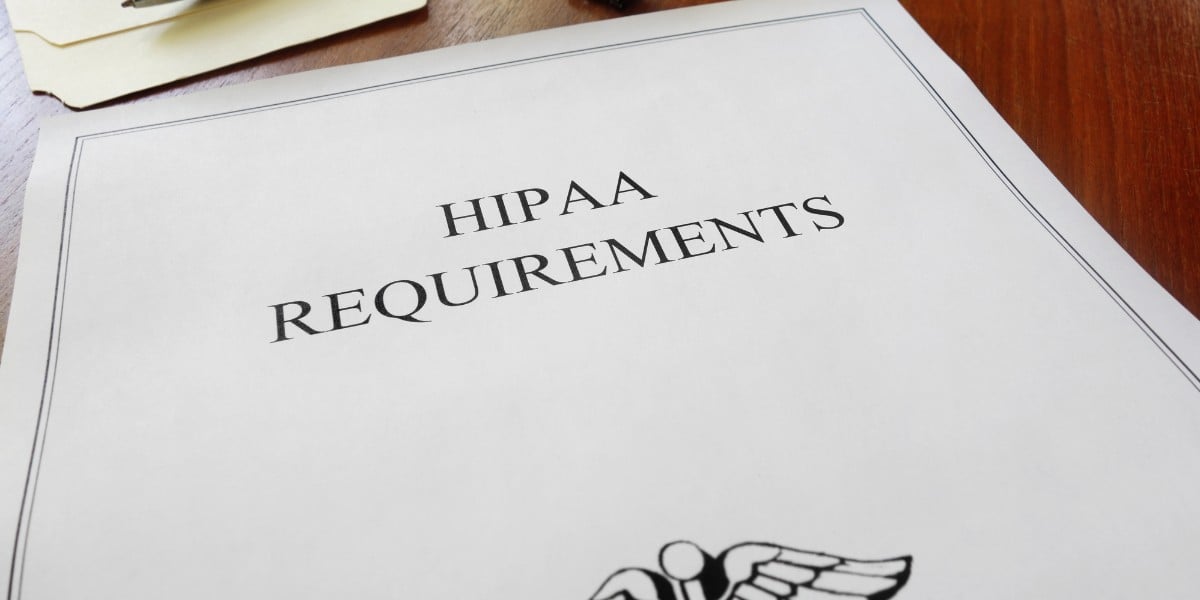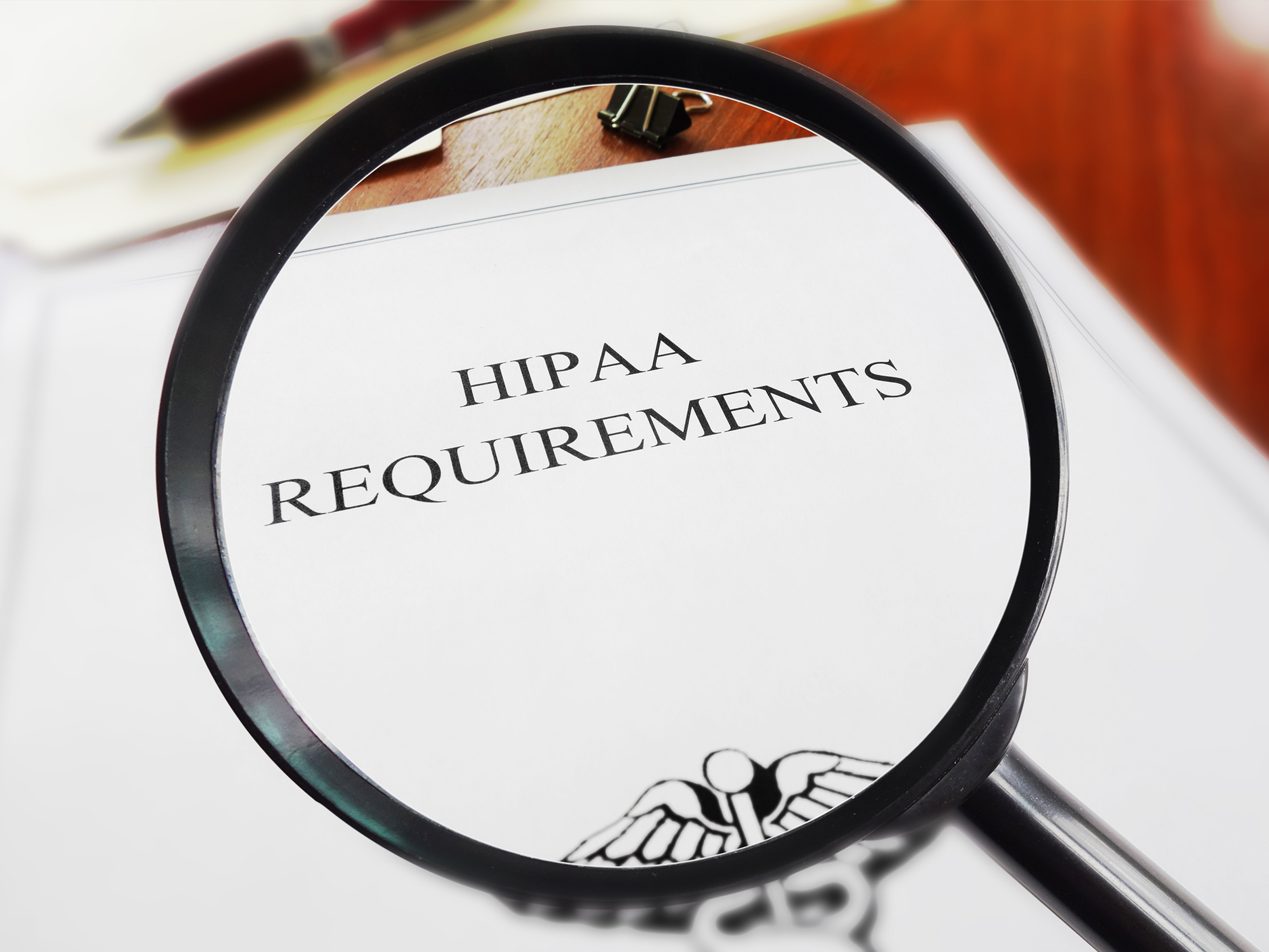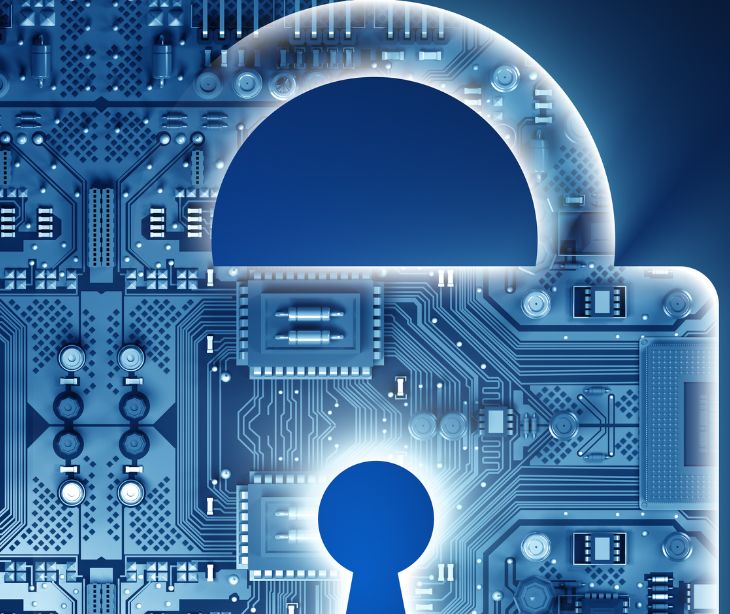
The Health Insurance Portability and Accountability Act (HIPAA) was designed to modernize the flow of healthcare information, protect the privacy and security of patients' health information, and streamline healthcare administration. The regulations have evolved over the years, and HIPAA rules and regulations have become increasingly important for healthcare providers, health plans, and their business associates.
HIPAA comprises several rules, including the Privacy Rule and the Security Rule. These rules set the standards for protecting patients' health information and ensuring the confidentiality, integrity, and availability of electronic health records. Understanding the differences between the Privacy Rule and Security Rule is crucial for healthcare organizations and their business associates to ensure compliance and avoid penalties.
Related: Who HIPAA does not apply to and why
The HIPAA Privacy Rule
Purpose of the Privacy Rule
The Privacy Rule sets the standards for protecting the privacy of individually identifiable health information, known as protected health information (PHI). The Privacy Rule safeguards patients' PHI while allowing for the proper flow of healthcare information necessary to provide high-quality healthcare services and protect public health.
Scope and applicability
The Privacy Rule applies to covered entities, including healthcare providers, health plans, healthcare clearinghouses, and their business associates. Business associates are third-party organizations that provide services to covered entities that involve PHI. The Privacy Rule covers PHI in any format, including oral, written, and electronic forms.
Key provisions of the Privacy Rule
- Minimum necessary standard: Covered entities and business associates must limit their use, disclosure, or request of PHI to the minimum necessary to accomplish the intended purpose.
- Notice of Privacy Practices (NPP): Covered entities must provide patients with a notice of their privacy practices, including how their PHI may be used and disclosed, and their rights concerning their PHI.
- Patient rights: Patients have the right to access, amend, and restrict the use or disclosure of their PHI, as well as the right to request an accounting of disclosures.
- Authorization: Covered entities must obtain written authorization from patients for certain uses and disclosures of PHI unless an exception applies.
- Administrative, technical, and physical safeguards: Covered entities and business associates must implement appropriate safeguards to protect the privacy of PHI.
- Reporting and documentation: Covered entities and business associates must report privacy breaches, maintain documentation of their privacy policies and procedures, and cooperate with the Office for Civil Rights (OCR) during investigations and compliance reviews.
The HIPAA Security Rule
Purpose of the Security Rule
The HIPAA Security Rule focuses specifically on protecting electronic Protected Health Information (ePHI). Its goal is to ensure the confidentiality, integrity, and availability of ePHI while allowing covered entities and their business associates to adopt new technologies and improve the quality and efficiency of patient care.
Scope and applicability
The Security Rule applies to the same covered entities and business associates as the Privacy Rule, but its focus is on the protection of ePHI rather than PHI in all formats. Covered entities and business associates must implement appropriate administrative, technical, and physical safeguards to protect ePHI from unauthorized access, alteration, deletion, or transmission.
Key provisions of the Security Rule
- Administrative safeguards: Covered entities and business associates must implement policies and procedures to manage the selection, development, implementation, and maintenance of security measures. This includes conducting risk assessments, developing a risk management plan, and designating a security official responsible for overseeing security efforts.
- Technical safeguards: The Security Rule requires implementing technical measures to guard against unauthorized access to ePHI, such as access controls, audit controls, integrity controls, and transmission security like HIPAA compliant email.
- Physical safeguards: Covered entities and business associates must protect their electronic information systems and related equipment from unauthorized access, theft, or damage. This includes facility access controls, workstation use and security policies, and device and media controls.
- Organizational requirements: Covered entities must ensure that their business associates agree, through business associate agreements or other arrangements, to comply with the Security Rule and protect the confidentiality, integrity, and availability of ePHI.
- Policies, procedures, and documentation: Organizations must develop, implement, and maintain written policies and procedures addressing the Security Rule's requirements and retain documentation related to these policies and procedures for at least six years.
- Security awareness and training: Covered entities and business associates must provide periodic security awareness and training to their workforce members to ensure they understand and follow security policies and procedures.
What are the differences between the HIPAA Privacy Rule and Security Rule?
The Privacy Rule covers PHI in all formats, including oral, written, and electronic forms. It applies to any individually identifiable health information created, received, maintained, or transmitted by a covered entity or business associate.
The Security Rule focuses specifically on electronic protected health information. It sets the standards for safeguarding ePHI from unauthorized access, alteration, deletion, or transmission.
Despite their distinct focus on PHI versus ePHI, the Privacy Rule and Security Rule share several common elements, including:
- Applicability: Both rules apply to covered entities and business associates handling PHI or ePHI.
- Safeguards: Both rules require the implementation of administrative, technical, and physical safeguards to protect health information. While the Privacy Rule covers all PHI formats, the Security Rule specifically addresses ePHI.
- Risk management: Both rules necessitate organizations to identify and mitigate risks to the privacy and security of health information. The Security Rule provides more detailed guidance for ePHI risk management.
- Workforce training: Both the Privacy Rule and Security Rule require covered entities and business associates to train their workforce members on the organization's privacy and security policies and procedures.
- Documentation: Organizations must maintain documentation related to their privacy and security policies and procedures, as well as their compliance efforts, under both the Privacy Rule and Security Rule.
- Enforcement and penalties: The Privacy Rule and Security Rule have similar enforcement mechanisms and penalties for non-compliance, with the Security Rule placing additional emphasis on breaches involving ePHI.
- Organizational requirements: Both rules require covered entities to ensure that their business associates comply with the relevant regulations through contracts or other agreements.
The connection between the Privacy Rule and Security Rule
The Privacy Rule and Security Rule are designed to work together to protect patients' health information comprehensively. The Privacy Rule provides a broad framework for safeguarding PHI in all formats, while the Security Rule focuses on ePHI and its unique risks and vulnerabilities. By addressing different aspects of health information protection, the two rules form a cohesive and robust privacy and security structure for covered entities and business associates.
Subscribe to Paubox Weekly
Every Friday we'll bring you the most important news from Paubox. Our aim is to make you smarter, faster.

 Dean Levitt
Dean Levitt



